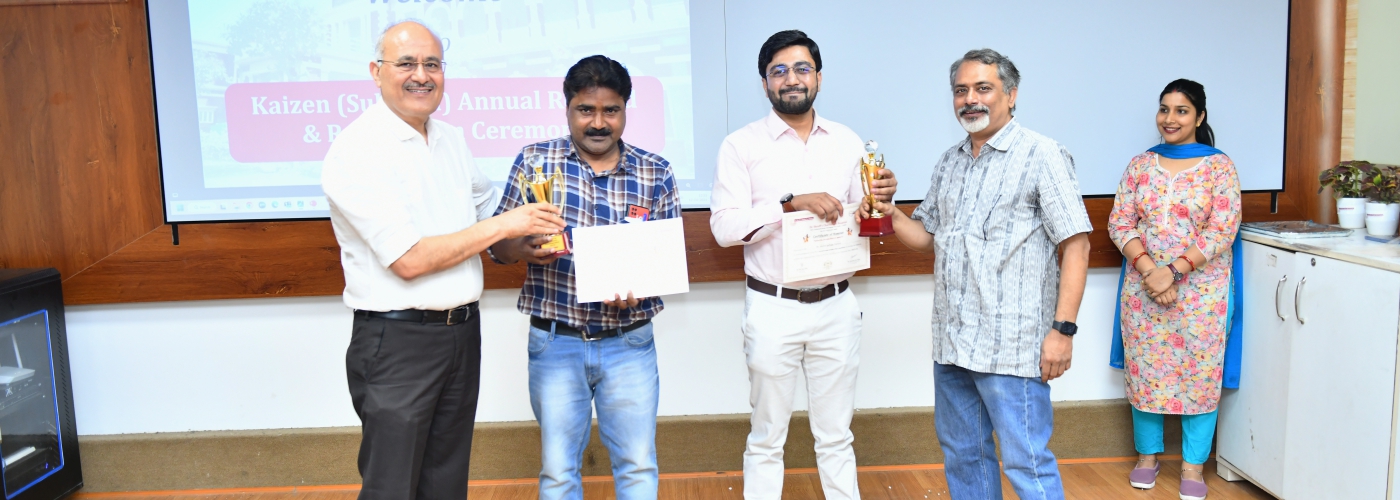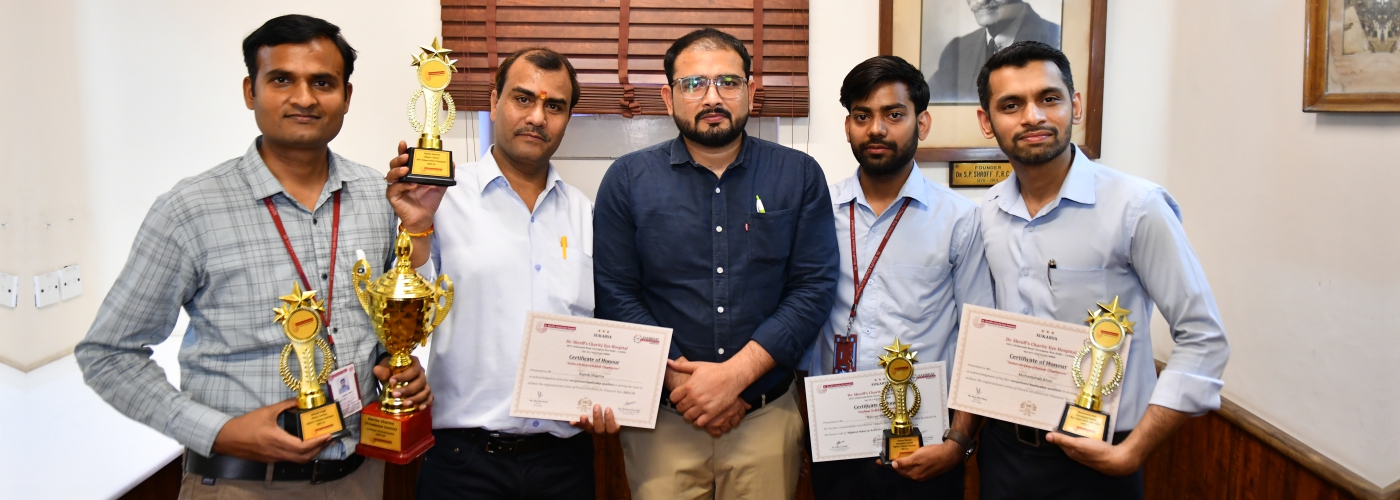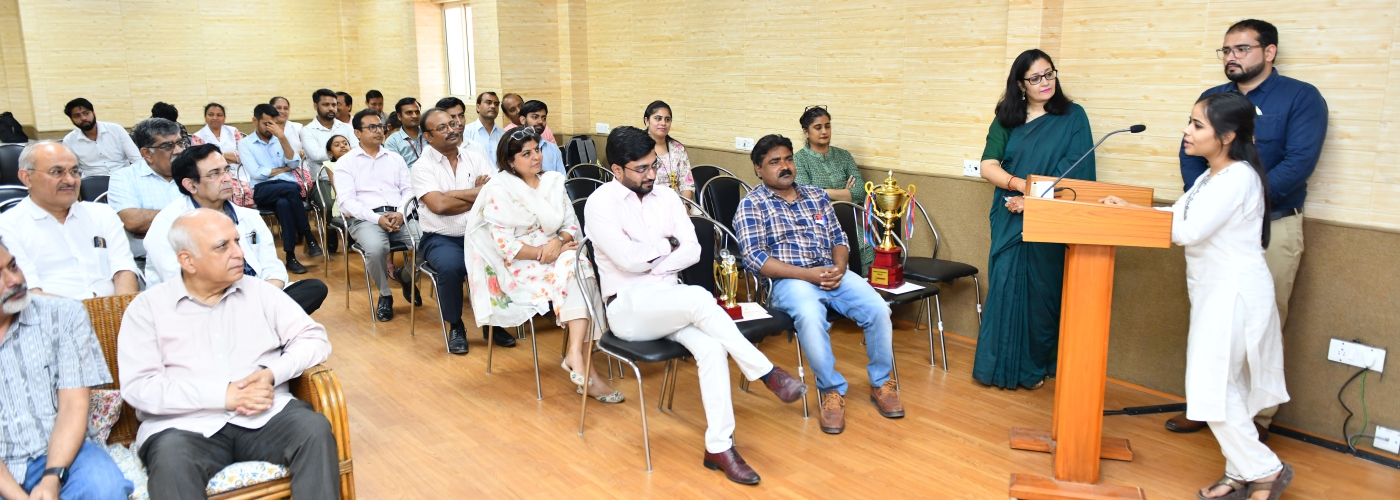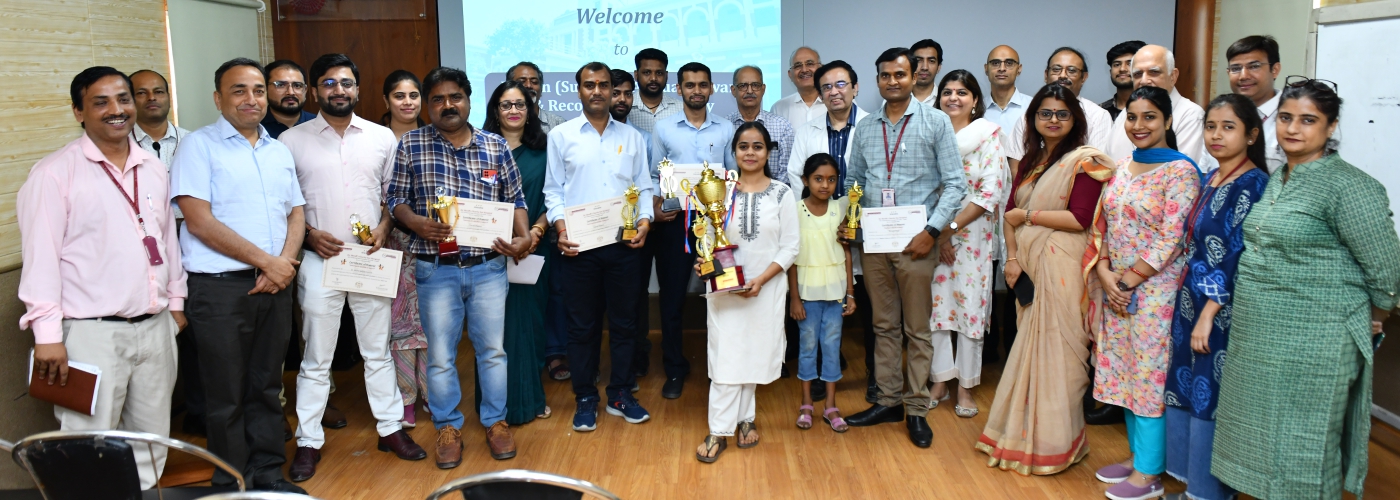Kaizen” is a Japanese term coined during the era of pioneering efforts in Operational Excellence in Japan. Kaizen, sum of the two words “Kai” (meaning Change) and “Zen” (meaning, for the better), signifies “Small Continuous improvements”.
The term Kaizen was originally defined in Masaaki Imai’s book "KAIZEN, the Key to Japan's Competitive Success", in the following words: KAIZEN means improvement. Moreover, KAIZEN means continuing improvement in personal life, home life, social life, and working life. When applied to the workplace KAIZEN means continuing improvement involving everyone - managers and workers alike. A Kaizen business strategy involves everyone in the organization working together towards making improvements 'without large capital investments'
What is Sukarya ?
In 2022, we made a strategic decision to implement Kaizen as a cornerstone of our Sukarya program within our organization, SCEH. The Sukarya program was initiated with a vision to drive continuous improvement, foster a culture of innovation, and promote overall organizational well-being. By embracing Kaizen, a philosophy centered around incremental changes for improvement, we aimed to create a sustainable and supportive environment that empowers our team members. Our goal is to not only enhance efficiency and quality but also to ensure that every individual feel supported, valued, and motivated to contribute towards the collective success of SCEH.
Through this initiative, we are committed to fostering an organization that is agile, resilient, and constantly evolving to meet both current and future challenges. This leads to fresh ideas, innovative solutions, and new ways of approaching old problems, helping organizations stay ahead of the competition. Increased operational efficiency leads to cost savings, faster turnaround times, and better resource utilization, contributing to a leaner and more agile organization.
Sukarya Journey
Since 2022, we have undertaken various initiatives to promote the Sukarya program and involve employees at each secondary centre. These activities were designed to enhance awareness, encourage participation, and recognize outstanding contributions. Key efforts included:
- Training Sessions: Conducted specialized training for employees at each secondary centre to ensure they understood the Sukarya program’s goals and benefits.
- Workshops: Organized workshops aimed at educating employees about the Sukarya program, highlighting its impact and encouraging active participation.
- Employee Involvement: Actively involved employees by motivating them to engage with Sukarya through direct participation. This included regular updates and information sharing.
- Promotional Materials: To keep the program top of mind, we placed posters around secondary centres, promoting the Sukarya program’s objectives and inspiring employees to get involved.
- Recognition and Motivation: Recognized and celebrated the employees who made the best contributions to the Sukarya program. This recognition, which included public acknowledgment, served as motivation for others to get involved and do their best.



